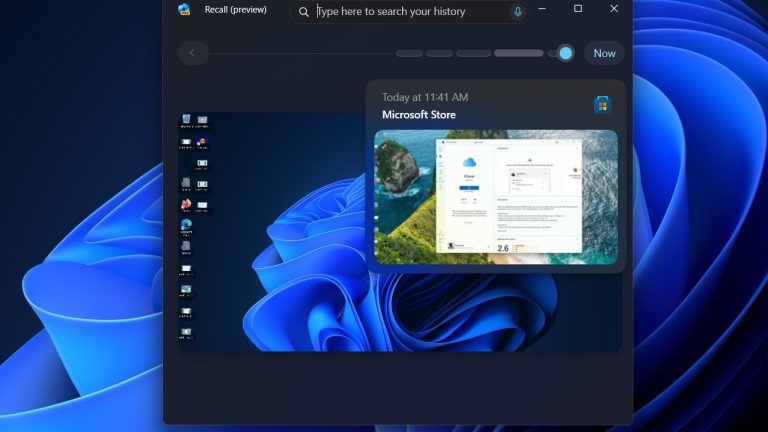The worst thing you can do when playing Darkest Dungeon 2 is compare it to its beloved 2016 predecessor. Darkest Dungeon was essentially a 2D XCOM, complete with a base that you managed and upgraded over a long campaign.
Darkest Dungeon 2 is decidedly not that. Instead, it’s a roguelite.
Rather than embarking on a long campaign filled with dozens of units to manage and upgrade as you did in the first game, here, you go on one-and-done “runs” with a stable cast of characters. As you play, you collect a meta-currency to unlock new items and upgrade your characters, stats, and stagecoach between runs.
Returning is the excellent combat and unmatched gothic fantasy aesthetic from the first game. The world of Darkest Dungeon 2 is grim and brutal, with pestilent Lovecraftian horrors teaming up with horrific beasts and crazed cultists to pummel you into submission. The 2D-illustrated characters of the original have been replaced with 3D models—an excellent upgrade—but the general tone of the game is the same, just with improved visuals across the board. Voice actor Wayne June's deep, mournful narration is back and excellent as ever.
Don’t make me turn this thing around
Wait, you said something about a stagecoach? Yep.
This time, instead of delving into the famously dark dungeons of the first game, your party of four adventurers drives a stagecoach through an apocalyptic landscape that is, to be fair, still quite dark. The corruption that plagued your estate in the first game has spread over the wider kingdom, and it's up to your team to bring the "flame of hope" across several environments to reach "the Mountain," where they'll fight a boss and save the world. Ideally speaking, of course.
Tap the W key to set your cart bumping down the road, and you'll automatically stop at points of interest along the way. These stops include battles, of course, but also random encounters where you'll need to make decisions. Do you offer aid to the hapless denizens beseeching your kindness, or do you simply take all their stuff? Your party members all have their own ideas, and going with one over another may cause intra-group strife. As they travel, your heroes may bicker, making the whole endeavor more unpleasant for everyone.
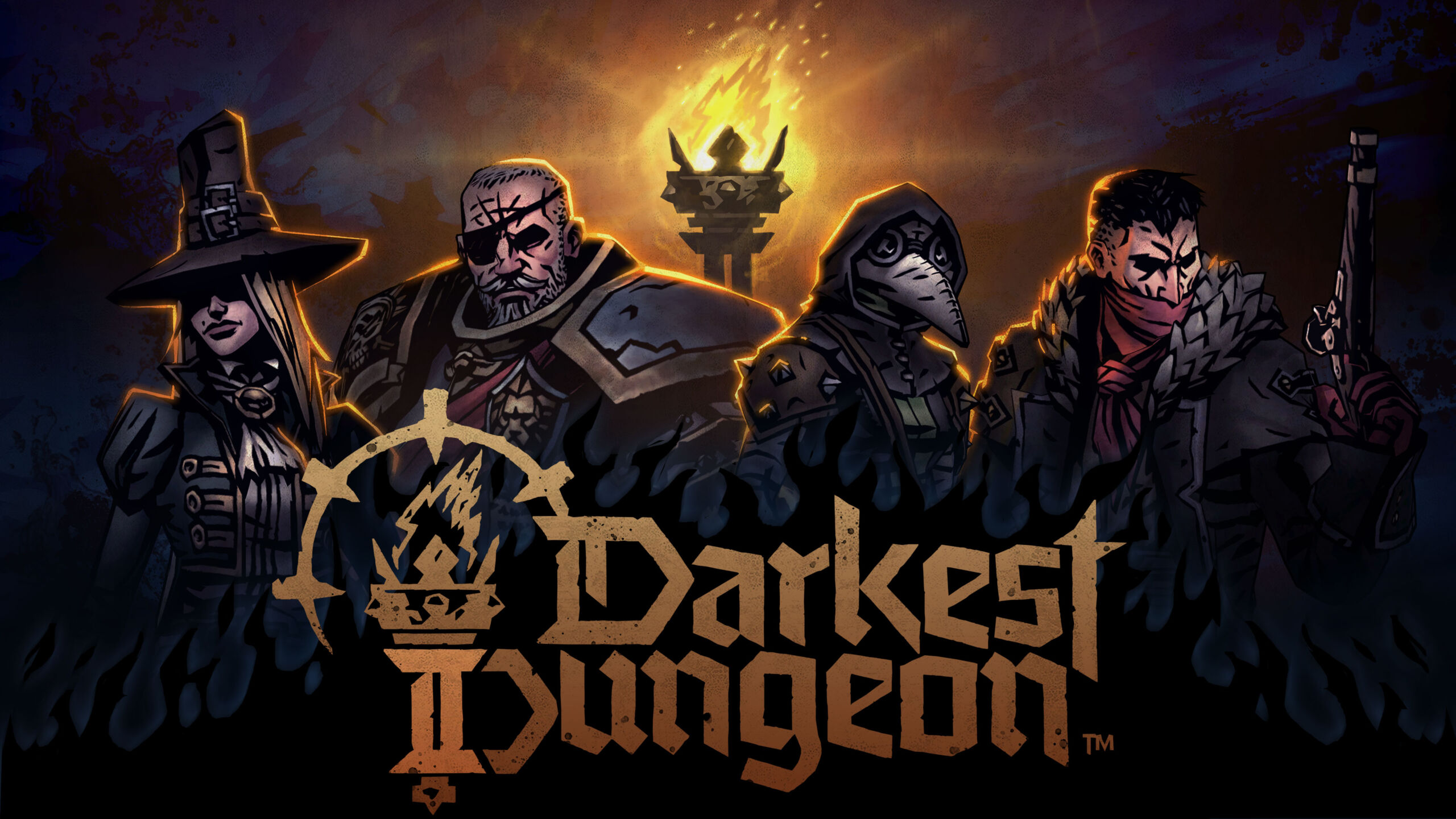
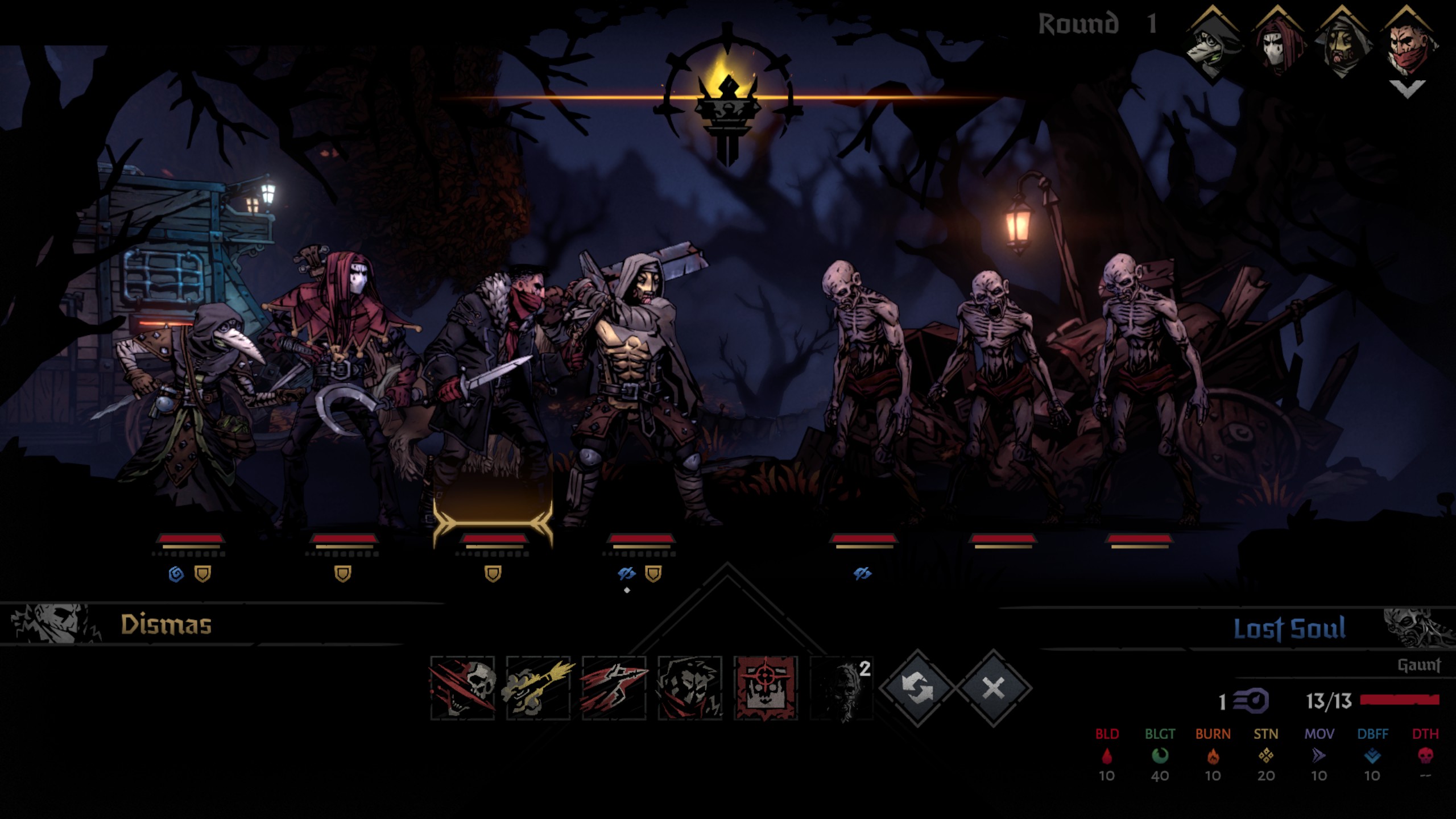
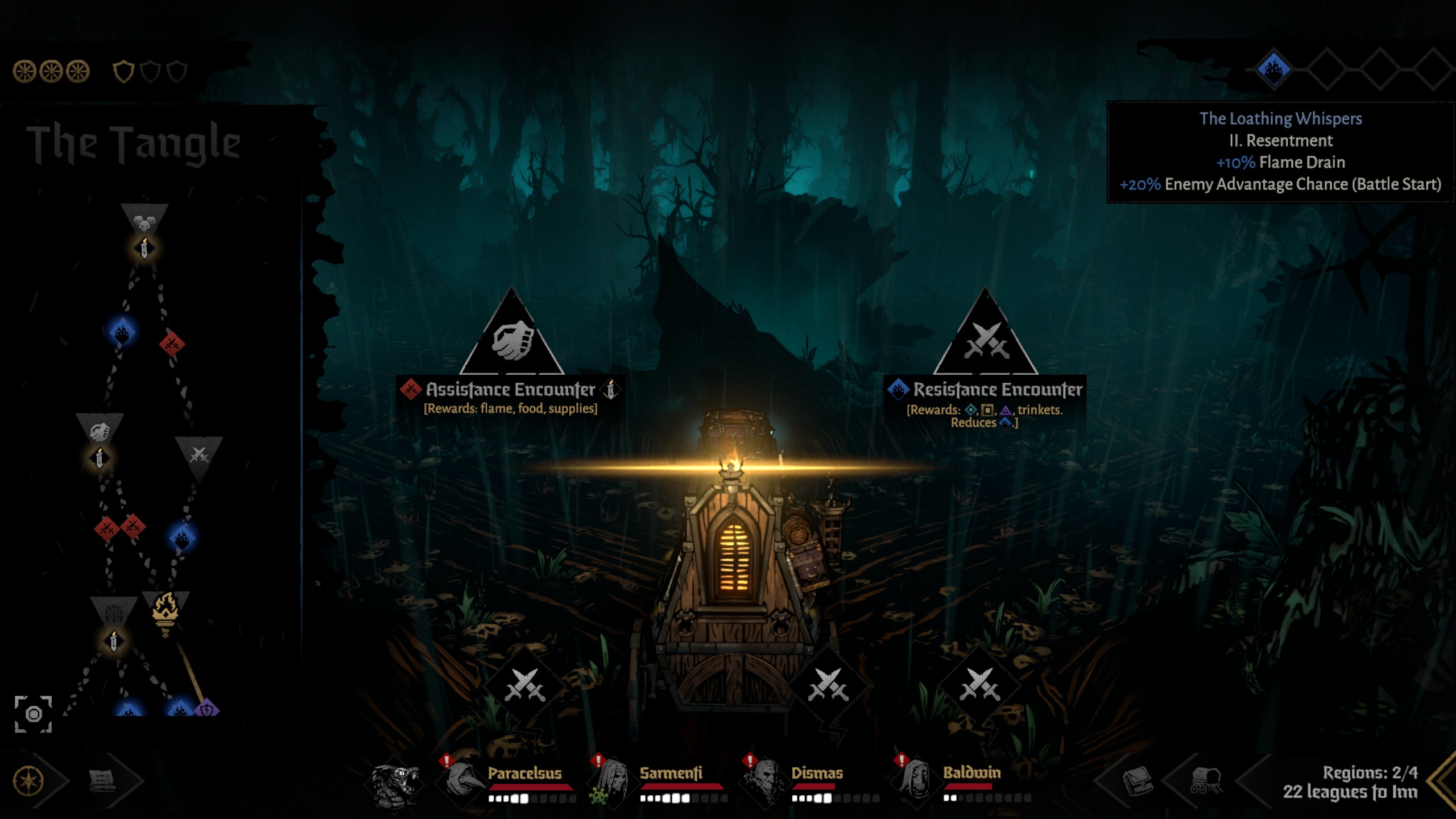
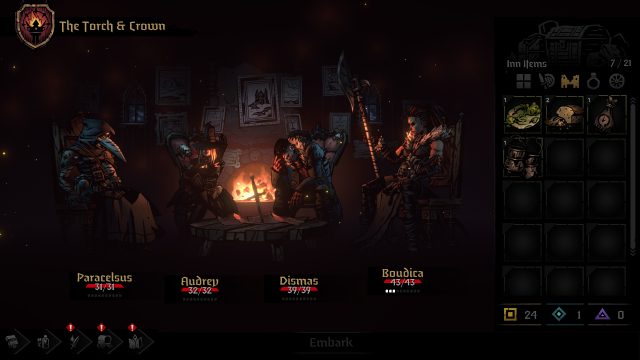

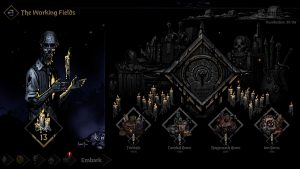
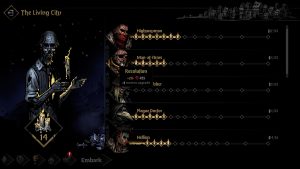
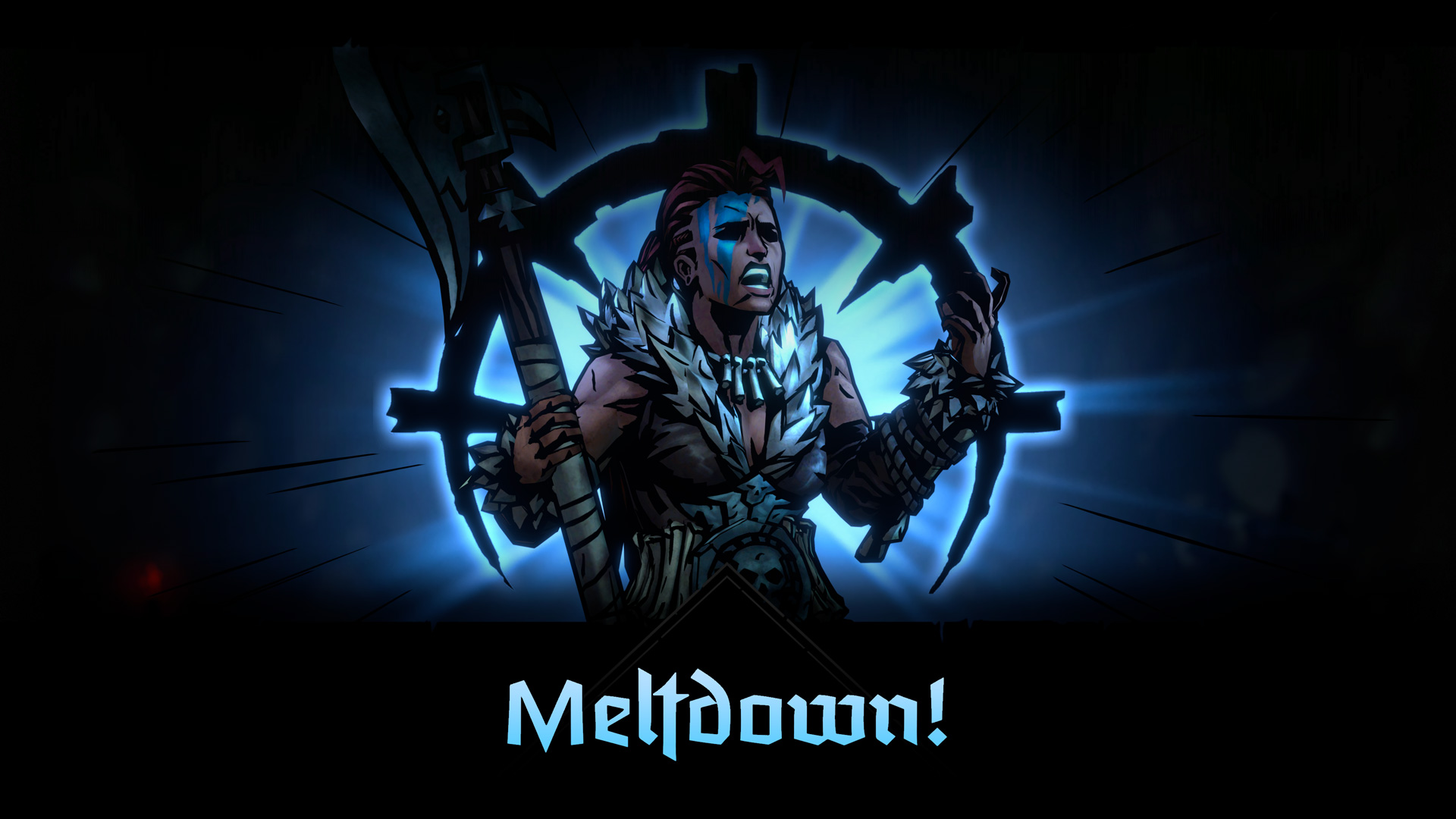
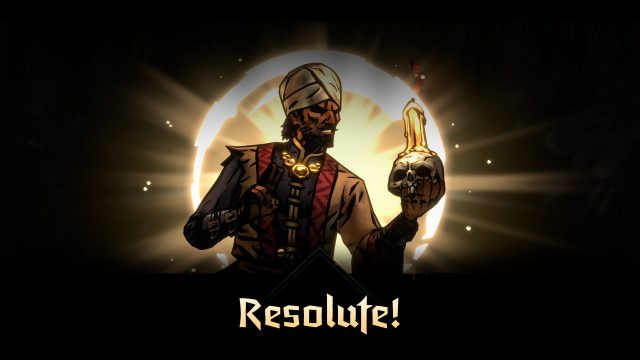
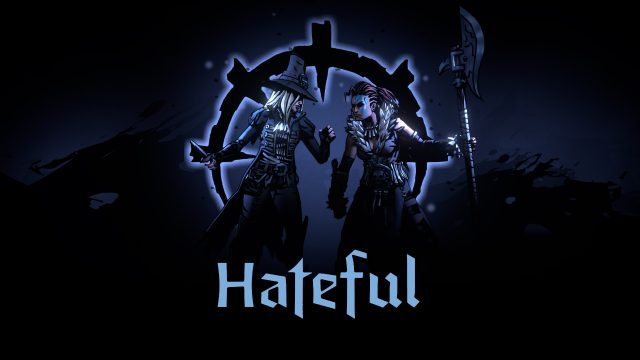
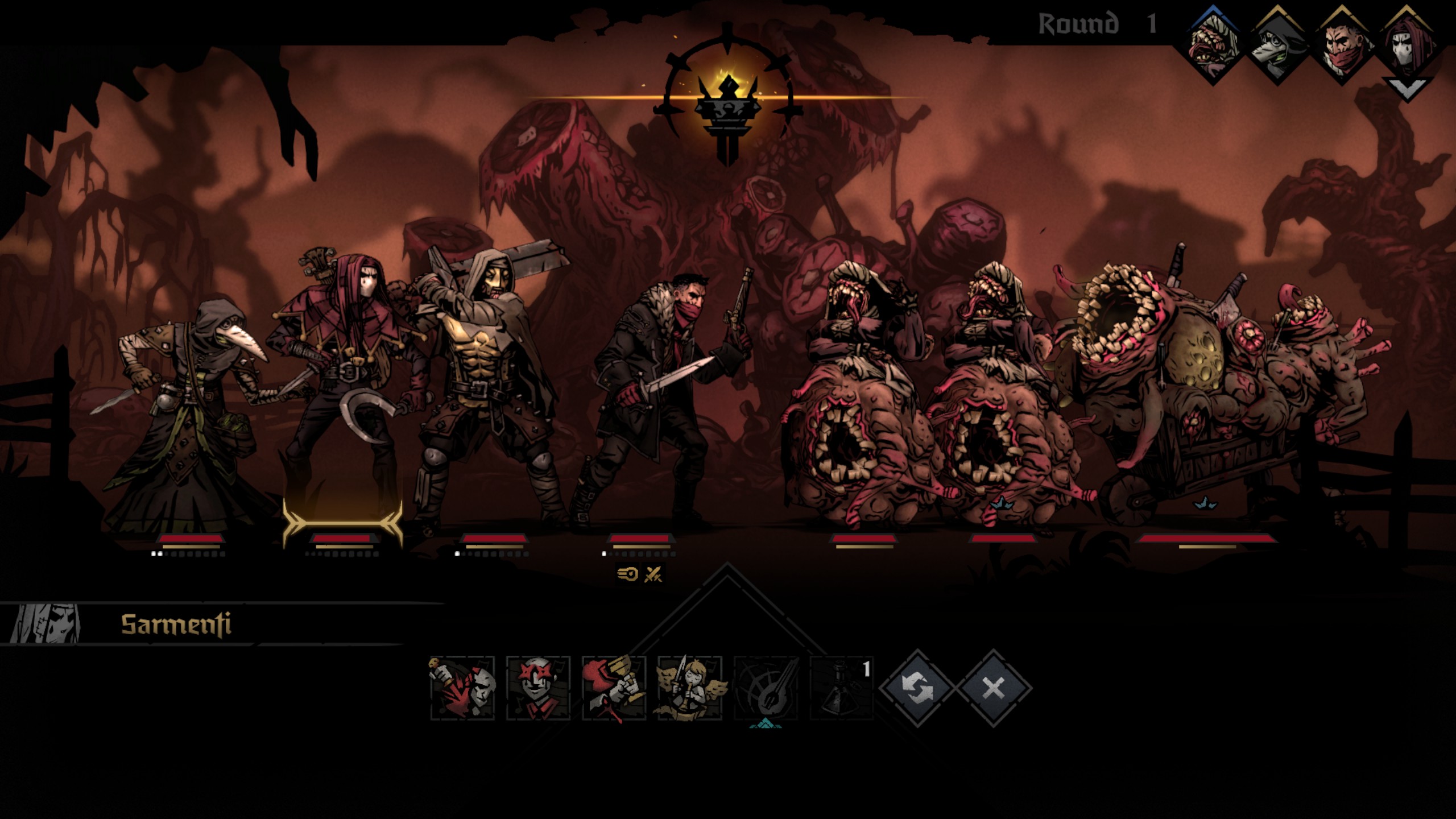
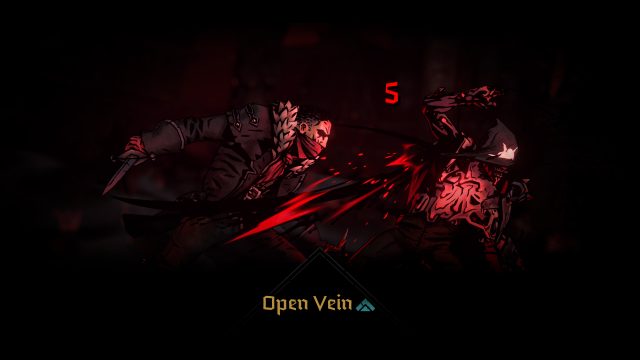
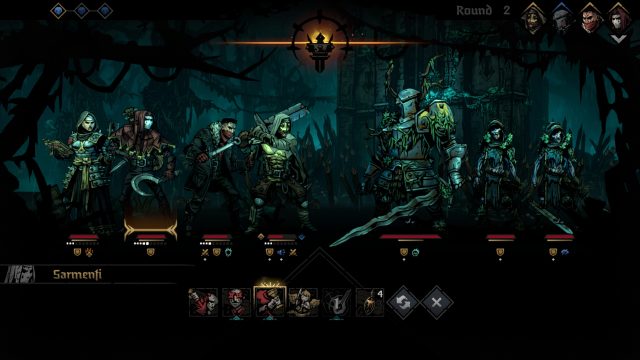

 Loading comments...
Loading comments...
